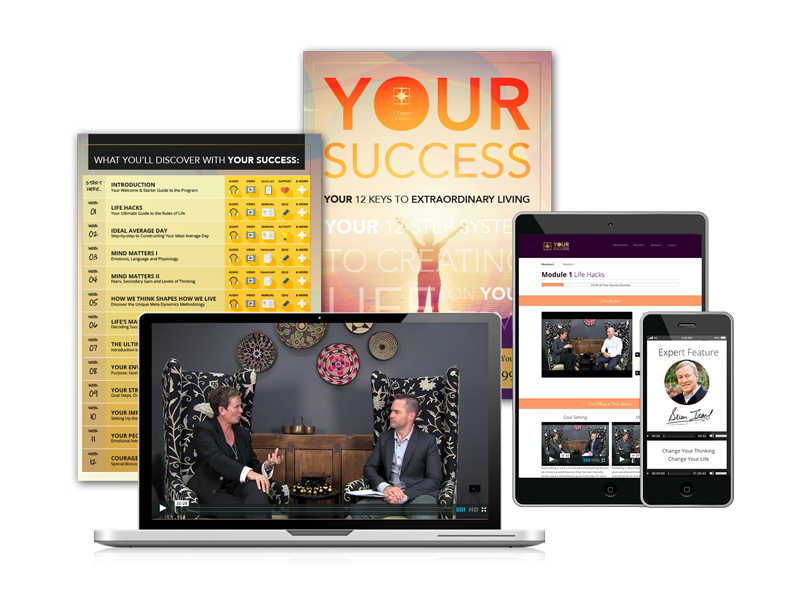Ever wonder how they do it?
How do some people manage to take extraordinary risks and still cruise through life?
You know the ones I’m talking about – everything seems to work out well for them. They are rocking it in business and going gangbusters when it comes to relationships.
It’s hard not to ask then: Are these people born with innate superpowers? Are they born lucky or do they face fears like we do every day?
I don’t know about you, but for me, relying on fate when it comes to facing your fears is not such a great strategy to live life. It leaves you helpless.
Because I’m pretty sure everyone faces the same fears, the most common one being the fear of failure; only that some people choose to pass through it rather than try to dodge it.
I know what you’re thinking now. How do I do that?
Here’s how.
21 Ways to Get Rid of Your Fear of Failure Once and for All
1. Identify your fear
Before you can overcome it, become aware that you’re experiencing fear. Next, identify whether it’s a Level 1, 2 or 3 type. In her book Feel the Fear and Do it Anyway, Susan Jeffers talks about the three levels. Level 1 is the surface story – things that “happen” or those that require action. Example: aging, losing weight etc. Level 2 fears involve the ego. For example, someone who’s afraid of going to parties may actually be protecting themselves from making new friends and having intimate relationships. Level 3 is the “biggest fear” of all – “I can’t handle ____”. Create awareness around your fear so that it’s easy for you to tackle it.
2. Know that failure is inevitable
Okay, so I lied in the title of this post. You cannot overcome fear of failure once and for all. In fact, you don’t want to overcome it. Because as long as you continue to grow, you’ll fear failure. You’re either green and growing or ripe and rotting. And fear is your signpost that reads “Growing!” So the next time you’re afraid to stuff it up, be thankful. Because you’re stretching that comfort zone.
3. Embrace the no-lose model
Susan Jeffers talks about the two models of making decisions – the win-lose model and the no-lose model. The win-lose model says there is one right way to go about things, while the no-lose model is more liberating. It says there is no one right way to do something – like the old saying “One mountain many paths” You can take the winding road, the scenic one or the straight path. All paths take you to the destination and each one has something to offer. Jeffers calls this “goodies”. Once you adopt the no-lose model thinking, it becomes possible to acknowledge the fear and keep moving nevertheless.
4. Shift your perspective about courage
Courage does not turn up in your mail. Most people are confused and think they need to feel courageous before taking action. But it’s the other way around. You won’t feel inspired unless you take action. Motion creates emotion. Once you take the first step, you invite courage. The more action you take, the more it sticks with you.
5. Let go of control
By virtue of being human, we all share the same emotions and the need to feel safe is no exception. But here’s the thing: embracing uncertainty is more liberating than going through fear day in and day out. The very need to control things seeds a sense of helplessness that is stifling. Ironically, once you let go of trying to create a safety net in everything you do, you start feeling safe in your own skin.
6. Model the right people
Find someone you respect; someone who is where you’d like to be in your life, and then interview them. Ask: How did they do it? What are their core beliefs? Where did they learn their skills? And most importantly, how do they keep going in the face of fear? And if this person is a celebrity or no longer alive, find a book, biography, website – anything that talks about them. And then apply those learnings in your own life. This is called “modelling” and is undoubtedly one of the most effective ways to overcome fear. Because the human brain asks for proof – and these people who’ve “made it” are your proof.
7. Ask: what’s the worst that could happen?
If you followed your dream and fell flat on your face, would that kill you? Or will you live to recover from the setback? There’s a reason it’s called a “setback” and not “death” by the way. What doesn’t kill you makes you stronger, wiser, smarter, _______ (what more could go in blank space?)
8. Identify the secondary gain
Too often we keep repeating the same behaviour fully knowing it’s not ideal. The reason behind this is “secondary gain” from a negative behaviour or trait. You may fear public speaking, and it prevents you from reaching more people in your coaching practice. Your secondary gain could be avoiding risks so you do not stuff it up on stage. You’re safe that way. Clearly, not a great way to approach business, right?
9. If something doesn’t work, do something else
The definition of insanity is doing the same thing over and over, and expecting a different result from it. That’s what Einstein said. If something doesn’t work, do it differently. Change your approach. Engage a different modality. Language it in a new way. Choose a different “path” to reach the peak of the mountain.
10. Have a physiology of success
Psychology and physiology go hand in hand. (Imagine telling someone you’re angry at them and smiling at the same time.) If you notice, someone that’s feeling depressed is looking down at the floor, taking shallow breaths and eyes lowered. Now do the same. Match their body language, lower your eyes, droop your shoulders. Speak to yourself in a faint manner. How do you feel? Not at the top of the world, right? Imagine what happens when you increase the tempo and volume of your self-talk, chin up, take deep breaths? You’re creating a different and more positive physiology.
11. Take action
One way I push myself is by considering the cost of missed opportunity. Fear paints a scary picture of reality. But it’s not nearly that bad. Pick one problem you are facing at the moment, and take the next best action step with the resources available to you. Just one step. You’ll end up in the right place and progress.
The Wrap Up
But we’re not done yet…
I promised you 21 ways, so stay tuned for the next 10 tips coming soon in Part II of this blog post!
In the meanwhile, I’m curious: How do you deal with fear of failure? Have you tried any of these strategies before? How did it work out for you? Talk to us in the comments below!



